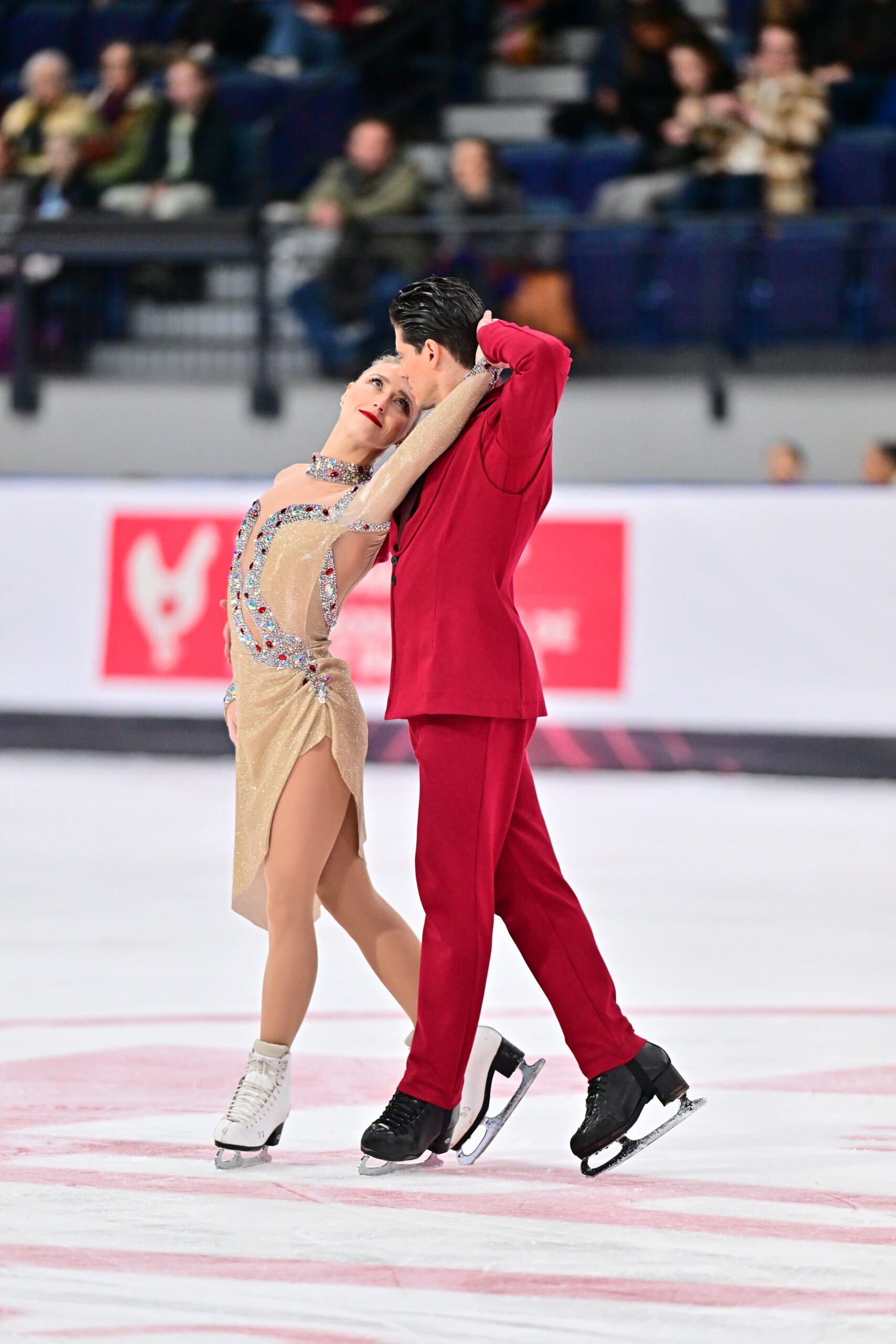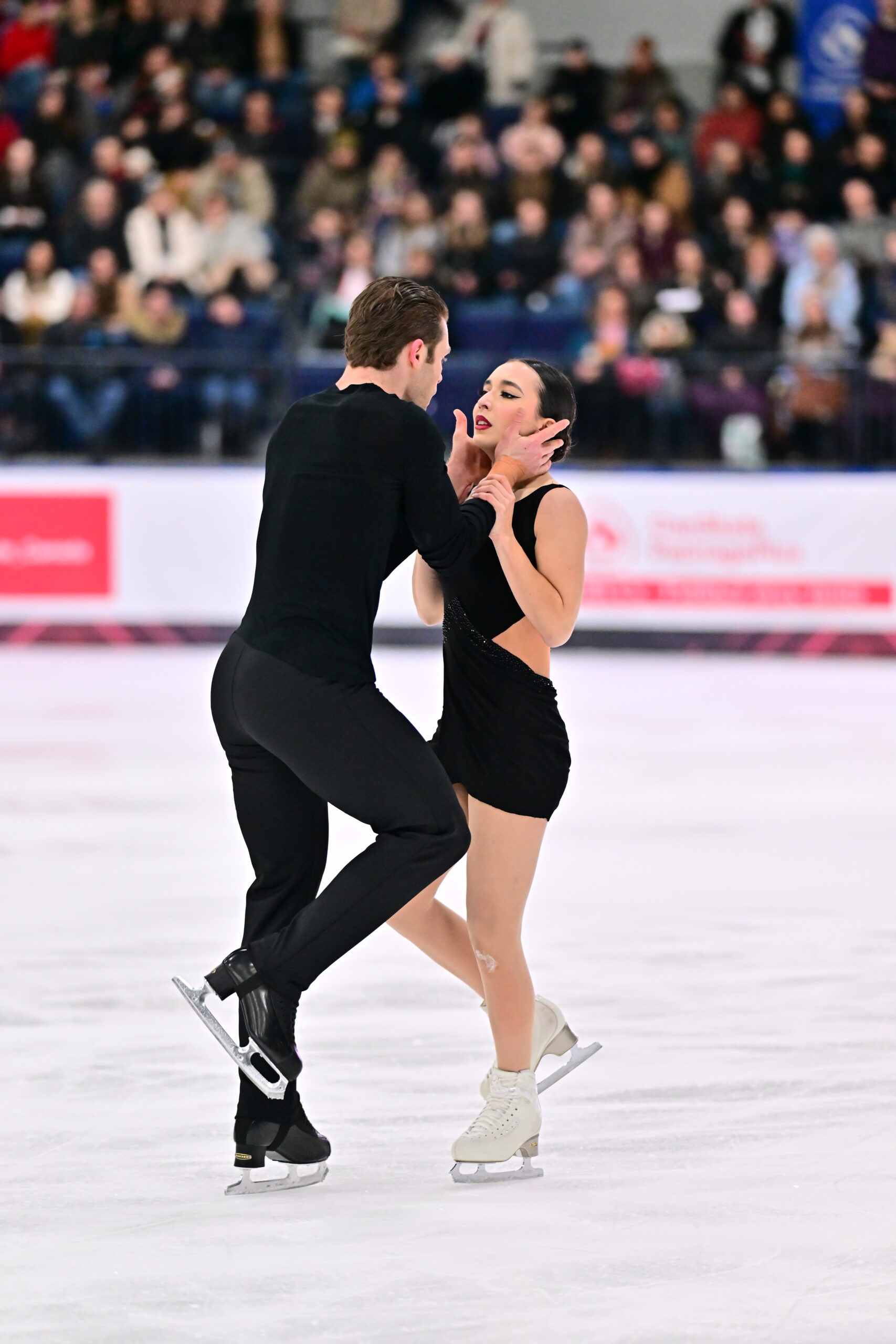article
By: Pj Kwong

As anticipation builds for the 2026 Winter Olympic Games in Milan–Cortina, figure skating fans and athletes alike are closely watching the qualification process unfold.
For context and comparison, we turn to 1964 Olympic pair medalist Debbi Wilkes to talk about her experience. “We competed in the Olympic Trials at Maple Leaf Gardens in the Fall of 1963. Not only was it my first time meeting superstar and 1948 Olympic Champion Barbara Ann Scott, who presented the awards, but more importantly it was also the day JFK (US President John F. Kennedy) was assassinated. For a few hours that afternoon, canceling the event was being considered. Thankfully, things went ahead that evening and the Olympic Team was finalized for the 1964 Innsbruck Games. As thrilled as I was to become an Olympian, I was overwhelmed then … and still feel a grief today … that all in one day, history would tell such opposing stories … one of excellence and another of hatred.”
Olympic qualification in figure skating in today’s world, however, is a complex system that combines world-class performance, technical precision, and national strategy. For the 2026 Games, a total of 142 quota spots are up for grabs—29 each for men’s and women’s singles, 19 for pairs, and 23 for ice dance teams.
The primary pathway to Olympic qualification is the results from the ISU 2025 World Figure Skating Championships, which were held in Boston from March 24–30, 2025. Countries can earn up to three entries per discipline based on their skaters’ final placements. For example, if two skaters from a country achieve a combined placement score of 13 or less, and also reach the Free Skate/Free Dance segment of the competition, that nation secures three entries in that discipline. However, it’s important to note that Olympic spots are awarded to countries, not individual skaters, and it’s up to each National Olympic Committee to select which athletes will fill those spots.

Lia Pereira & Trennt Michaud
For countries that do not qualify enough or even any spots through Worlds, a qualifying event is being held in Beijing, China from September 17–21, 2025. At this competition, five additional spots in each singles discipline, three in pairs, and four in ice dance will be available. Italy, as the host nation, may also receive a number of extra quota spots to ensure participation across all disciplines. If any host allocations go unused, they may be redistributed to help countries complete entries for the Olympic team event.
Fun fact from Skate Ontario: only one Canadian figure skater has ever secured an Olympic berth through the final qualifying event, formerly at the Nebelhorn Trophy. In September 2021, Roman Sadovsky of Vaughan, Ontario, earned Canada’s second men’s singles spot for the Beijing 2022 Winter Olympics by placing eighth at the Nebelhorn Trophy in Oberstdorf, Germany which was the Olympic Qualifying event. His performance, combined with the withdrawal of one ineligible skater, secured the spot.
No other Canadian athlete has ever obtained an Olympic berth via the Olympic Qualifying event in Nebelhorn in other disciplines or years. #SkateOntarioProud.
In summary, Olympic qualification in figure skating is a carefully structured process that emphasizes both national strength and individual excellence. With spots limited and competition fierce, the road to Milan–Cortina promises to be as thrilling as the Games themselves. Keep your eye on Beijing as the ‘last chance’ Olympic qualification drama unfolds.
Never Miss an Update
Be the first to know about upcoming Skate Ontario events and special updates—subscribe today!
By submitting this form, you are consenting to receive marketing emails from: . You can revoke your consent to receive emails at any time by using the SafeUnsubscribe® link, found at the bottom of every email. Emails are serviced by Constant Contact


